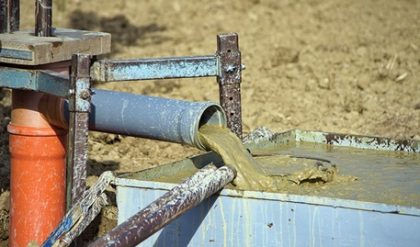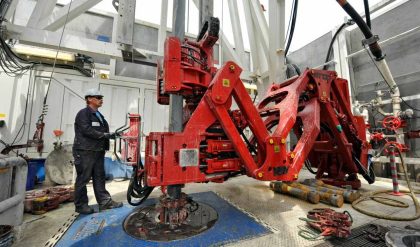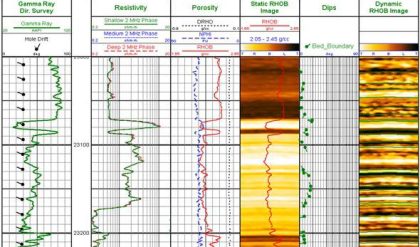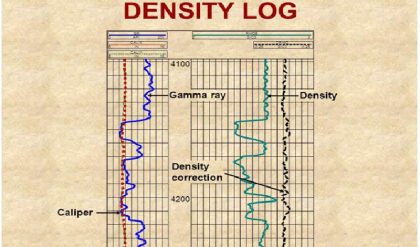Most of the oil and gas deposits on the Norwegian shelf originate from a thick layer of black clay that currently lies several thousand metres under the seabed.
The black clay is a source rock, which means a deposit containing significant quantities of organic residue. The clay was deposited around 150 million years ago at the bottom of a sea that covered much of present-day northwestern Europe. Much of the seabed here was dead and stagnant, while the upper water layers were teeming with life.
As the microscopic phytoplankton died, they sank to the bottom and accumulated in large quantities in the oxygen-free sediments. Over time, they were buried deeper and subjected to a long process of chemical conversion by bacterial decomposition and maturing under a thickening pile of sediment. This caused the formation of liquid and gaseous hydrocarbons in the source rock.
One of the products of anaerobic decomposition of organic matter is kerogen, which at high temperature and pressure slowly generates oil and gas. On the Norwegian continental shelf, the temperature rises by about 25 °C per kilometre of depth. After more than a hundred million years of erosion and sedimentation, the source rock may be buried under several kilometres of clay and sand deposits. Oil is generated when the kerogen temperature reaches 60-120 °C; at higher temperatures, it is mainly gas that is generated.
As oil and gas form, they seep out of the source rock. Because hydrocarbons are lighter than water, the oil and gas migrate upwards in porous water-bearing rock. Oil and gas migration takes thousands of years, and may extend over tens of kilometres until it is stopped by impermeable layers of rock, or the oil or gas leaks out into the sea.
Reservoir rocks are porous and always saturated with water, oil and gas in various combinations. Most of Norway’s petroleum resources are trapped in reservoir rocks deposited in large deltas formed by rivers that ran into the sea during the Jurassic Period.
The main reservoirs of the Gullfaks, Oseberg and Statfjord fields are in the large Brent delta that formed in the Jurassic. There are also large reservoirs in sand that was deposited on alluvial plains during the Triassic Period (the Snorre field), in shallow seas in the Late Jurassic (the Troll field) and as subsea fans during the Paleogene Period (the Balder field). In the southern part of the North Sea, thick layers of chalk composed of microscopic calcareous skeletons of plants and animals form an important reservoir rock, as in the Ekofisk Field.
Source: The Norwegian Petroleum Directorate

Mudrocks and other impermeable deposits influence migration routes from the source rock to the reservoir. In addition, impermeable rock has to be present to stop petroleum escaping from reservoir rock. Impermeable rock that forms a seal over reservoir rocks is called cap rock. In addition, the configuration of the reservoir rocks must be such that the oil collects in a trap.
If there is a suitable combination of source rock, reservoir rock, cap rock and a trap in an area, recoverable oil and gas deposits may be discovered there.
Illustration of how oil and gas reservoirs are formed
The illustrated elements have to be in place in order to find producible oil and gas reservoirs (Source: The Norwegian Petroleum Directorate)







Comments are closed.